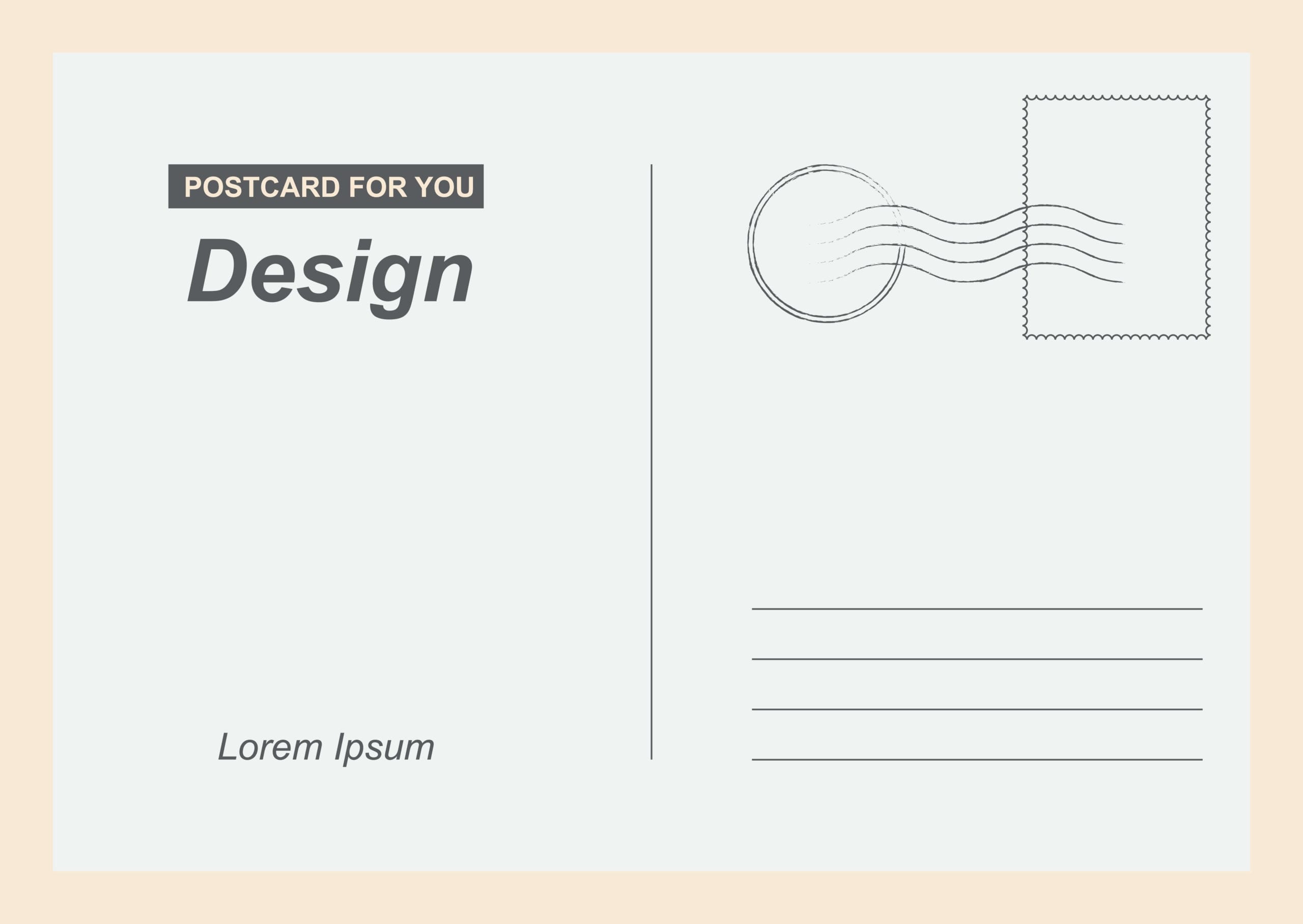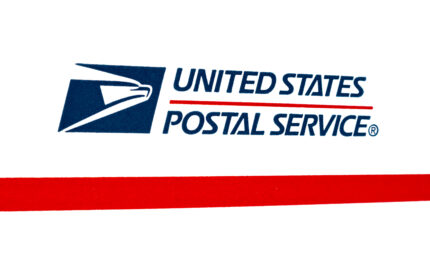Simple Guidelines for USPS Postcard Rate & Postcard Size
By Paul Bobnak | June 14, 2018

Editor’s Note: This post was originally published in June 2018 and has been updated for accuracy and comprehensiveness as of June 2023.
Postcards are great examples of direct mail that work well when done well. Compared to other options, they’re usually inexpensive to produce, and they allow you to quickly get your message across.
But is that single-sheet mail piece you’re so set on using for your next campaign really a postcard?
Are you sure about that?
To find out, and avoid frustration, please check out this quick review of USPS postcard specifications and dimensions, as well as postage rate guidelines.
USPS Postcard Size
An ideal postcard size is 4” x 6”. It is the most popular postcard size because it works well for any type of campaign for any industry. It can be economically printed while providing room for an offer or message. And it can be mailed at First Class rates, saving you money on your campaign.
Starting in 2021, cards measuring up to the popular 6” X 9” postcard size became eligible for First Class postage. The larger size allows for more room for your message, white space, eye-catching CTAs and QR codes, and all of the other benefits of mailing in that class.
To qualify as a postcard, a mail piece must be rectangular and meet these dimensions (per USPS regulations):
- At least 3-1/2” high X 5” long X 0.007” thick
- No more than 6” high X 9” long X 0.016” thick
- Have finished corners that do not exceed a radius of 0.125”
By the way, the length is the measurement of the side that’s parallel to the address.
And as long as you meet thickness guidelines, use UV coating on the front side to make your postcard’s color images and graphics pop more.
That’s about it … no official postcard size, just a range of allowable sizes for the paper you’re printing on so that your mailer gets through USPS’s equipment more easily.
Many other single-sheet mailings can really stand out in a mailbox and drive response. A jumbo measuring 6” X 11” is a popular size … but to the USPS, it’s not a postcard. And because of that, it has to mail at letter rates.
USPS Postcard Rate
To mail at commercial rates, your campaign needs at least 500 pieces.
Let’s say that you have that amount and more. Depending on how your mail is printed and prepared, your bulk campaign can qualify for either machinable or automation rates.
Machinable means that you have an accurate address and have met the correct size and weight standards.
Automation means that you’ve done some of the work for USPS by helping to process the mail with a delivery point or Intelligent Mail barcode. And you’ll have to meet certain design standards. Your postcard’s aspect ratio has to measure between 1.3 and 2.5; take the length of your postcard and divide it by the height to get that figure.
So how else can you save money on your campaigns using postcards? By presorting your campaigns before they leave the building.
USPS uses 3 levels of presort when pricing, 5-Digit, AADC, and Mixed AADC. You’ll get the best rates with the 5-digit tray preparation (mail with the same 5-digit zip code), The current per piece rate is 25.7 cents, a savings of up to 2 cents per postcard over the other 2 options.
If timing is not a big deal for your postcard campaign, you may want to use Marketing Mail instead of First Class. But remember: letters and postcards all mail at the same rates in that class. And you miss out on forwarding and return services that come with First Class.
Fortunately for everybody, USPS has several pre-processing address file tools to supplement commercial list hygiene solutions that are available.
For example, you can use Coding Accuracy Support System (CASS) certification to verify and standardize your addresses, and National Change of Address (NCOA) to catch any new movers. And bonus! They’ll also help you be eligible for automation discounts.
Know Your Formats
Mail has to comply with USPS regulations in order to get through its processing equipment. Normally, that isn’t a problem if you’re mailing standard envelope, postcard, and folded self-mailer formats. So on your postcard’s address side, set up clear zones for the placement of postage indicia, IMb, and the address. Consult the Domestic Mail Manual for more details.
But if you want to try a very different kind of mailpiece, talk to your printer first. They’ll know all about the right size, weight, postage, tabbing, and folding requirements to pass muster, or they’ll reach out to the USPS for an OK.
We print and mail postcards in six popular and sizes that are time-proven to be effective in producing results:
- Small Postcards are 3.25” X 5.5” and 4” X 6”
- Medium Postcards are 5.5” X 8.5” and 6” X 9”
- Large Postcards are 5.5” X 11” and 6” X 11”
Wrapping it up
At mailing.com, our mailing experts use a 1-to-1 approach to advise you on the best mailing options for your postcard campaigns. Our USPS in-house verification and Seamless Acceptance means that your mailings fully comply with all of the postcard size standards for a successful campaign. Contact us today to find out more – we’d love to hear from you!


